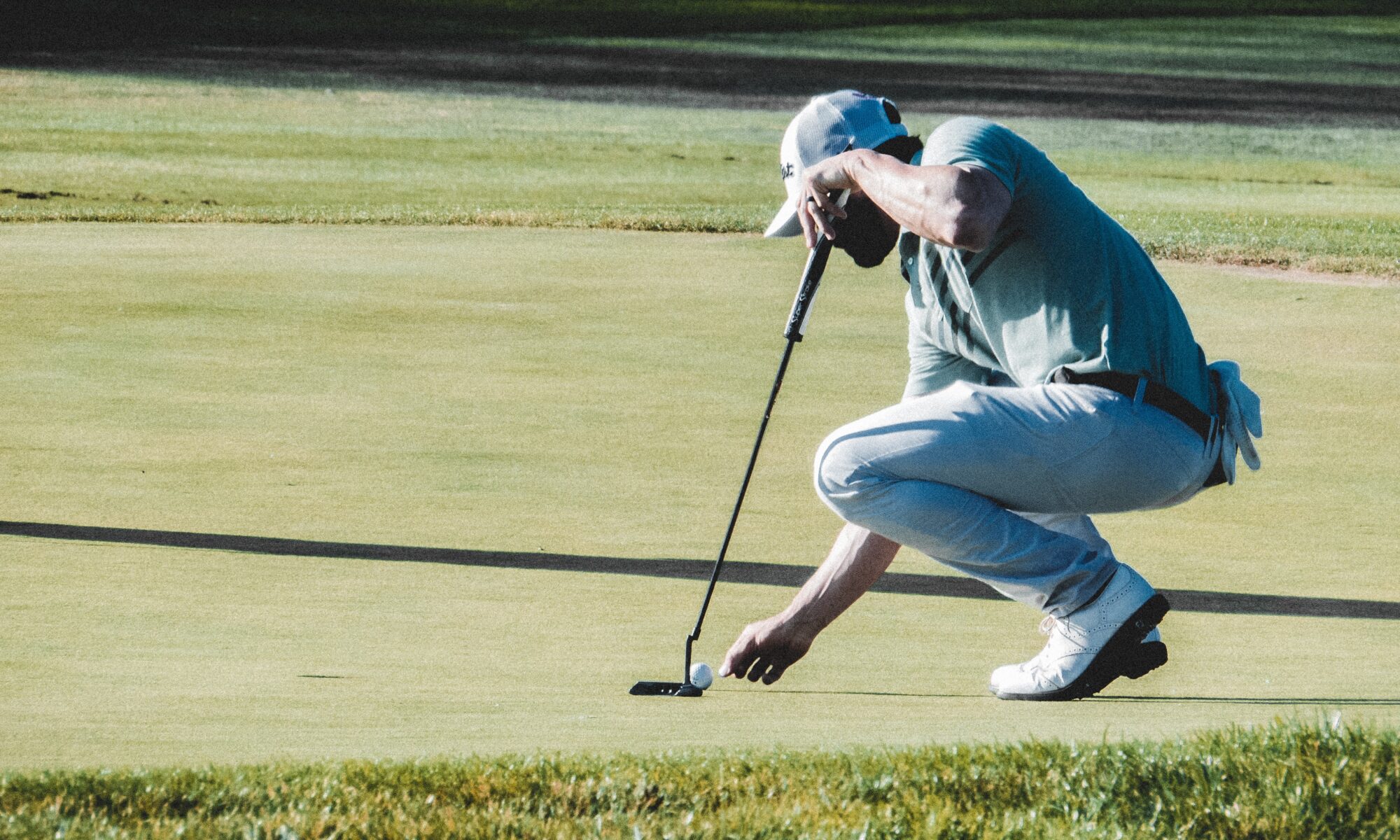NEW RESEARCH
Get More Distance Out Of The Ground
3 power moves the pros make that you don’t
There are a lot of differences between the golf swing of an elite player and that of the average amateur, but what are the biggest? Let’s look at what most golfers want more than anything: power. My work with biomechanics researcher Jean-Jacques Rivet has proved that most amateurs don’t push into the ground effectively to create leverage in their swings. And leverage leads to power.
With the use of J.J.’s data, we’ve found three spots in the average golfer’s swing where a lack of leverage is most evident: the takeaway, halfway back and the transition. I’m going to share our findings with you and give you some drills to fix these power leaks. Follow our advice, and you’ll start hitting the ball better than ever.
1.THE START OF THE BACKSWING
Ground force in the takeaway:
Pro: 125% of body weight
Amateur: 70% of body weight
Most amateurs tend to lose leverage early in the backswing by raising their bodies, which lightens the force they apply to the ground. The pros do the opposite and apply even more force, giving them a much more stable base to coil the upper body.

DRILL
Take a wood block or similarly weighted object such as a hardcover book and place it behind your 6-iron at address. Push the block away from the target as you start your backswing (right. You should feel pressure building in your right heel as well as the ball of your left foot from the extra effort it takes to move the block.
2. HALFWAY BACK
Ground force in the takeaway:
Pro: 125% of body weight
Amateur: 65% of body weight
Even if they had good ground force at the start of the swing, many amateurs lose that grounded feeling at this point. As that pressure decreases, they stop coiling and begin to lift their hands and arms as a compensatory move to finish the backswing. Pros continue to coil all the way to the top because they’re still grounded.

DRILL
Place a club on the ground and stand on the shaft with both feet as shown (right, shoes optional). Then swing a 6-iron while standing on the shaft. As you move past the halfway point in your backswing, you should feel a steady or increasing amount of force in your right heel and the middle of your left foot. Because of this force, you should be able to complete your upper-body turn just like the pros do.
3. THE TRANSITION
Ground force in the takeaway:
Pro: 145% of body weight
Amateur: 90% of body weight
As the club starts down, elite players increase the pressure under their feet — it looks as if they’re starting to squat — which shallows the swing plane and increases clubhead lag. It’s a huge power move. Most amateurs swing down on too steep of a plane and release the clubhead lag early, usually resulting in a weak slice. They often have more ground-force pressure halfway down than at impact. The sequence of the downswing should be from the ground up, but these players frequently do just the opposite, leading with the upper body.

DRILL
Set up with your feet and hips open to the target and take the club to the top. As you start to swing down (right), rotate your hips in a clockwise direction — a feeling of closing them off to your target even more. This dynamic move will force you to push into the ground with your front leg. It also will keep your shoulders from unwinding early and will drop your arms and club onto a shallow plane. Those are keys to hitting a powerful shot that curves from right to left.
BIOS
DAVID LEADBETTER, a Golf Digest Teaching Professional, is based at ChampionsGate, near Orlando. JEAN-JACQUES RIVET is the sports biomechanics consultant to the European Tour.

